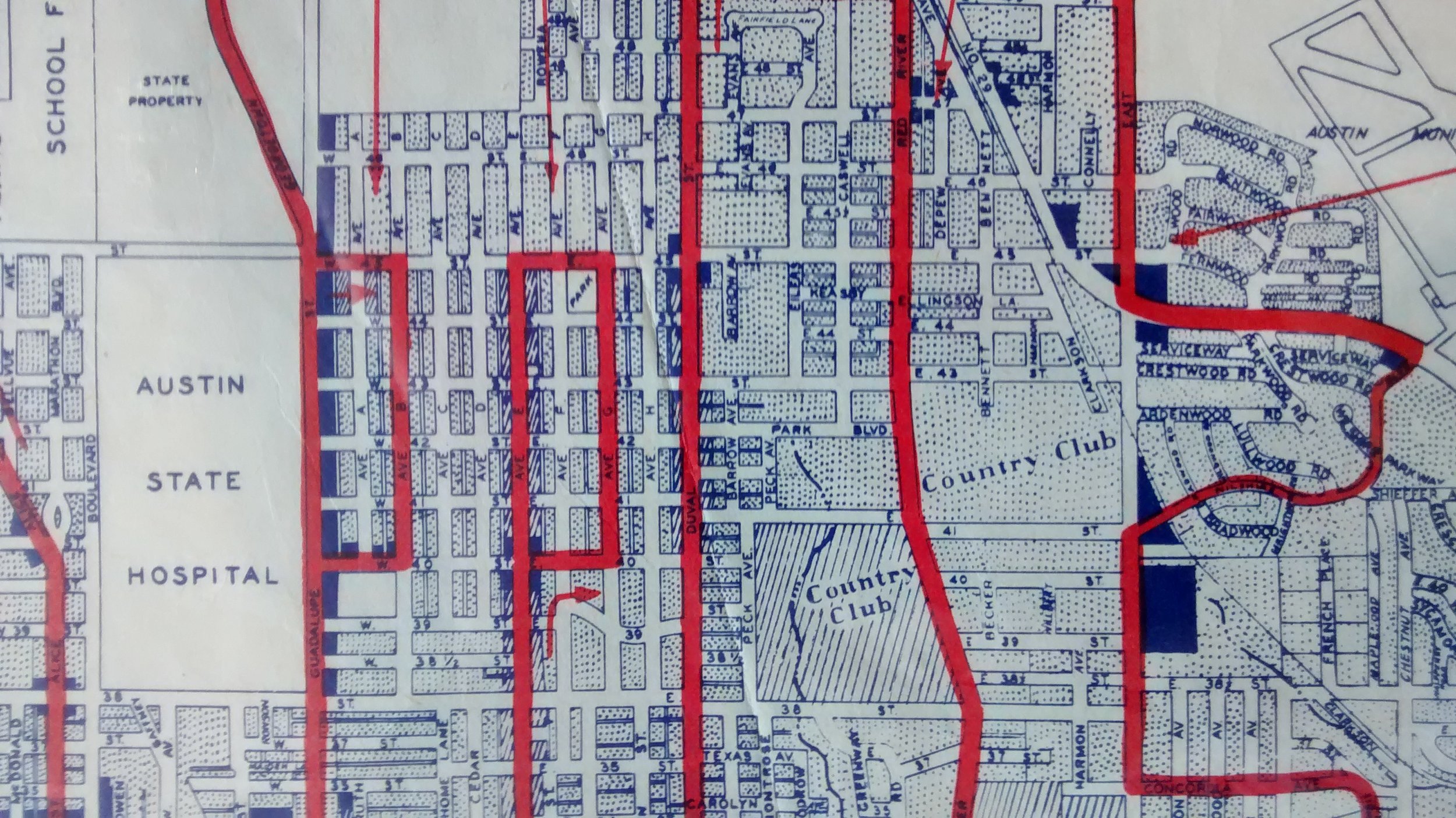How Hyde Park Avoids the Effects of the City’s Housing Crisis
Not Only Isn’t Central Austin Helping Solve Our Displacement Problems; It’s Actively Making Them Worse
By Nina Hernandez
In a city as rapidly growing as Austin, you can sometimes feel like the cityscape changes in the blink of an eye. But that’s not the case in Hyde Park. You can walk along Duval Street or Speedway and almost forget the massive transformational shift happening in other parts of the city. And that is, of course, by design.
Look at West Campus in comparison. In response to incredibly high demand in a specific region of the city core, the city encouraged density and, in turn, apartment buildings that will accommodate University of Texas students are popping up block after block. Why is a similarly attractive neighborhood in the urban core seemingly frozen in time?
In the mid-2000s, the Hyde Park Neighborhood Association helped to impose restrictive zoning rules for sections of the neighborhood, primarily on Duval Street and Speedway. Those Neighborhood Conservation Combining Districts have clearly done their job to stymie growth and change in the area, but by just how much? What was the cost in terms of capacity to the neighborhood?
If you look at the lots zoned multifamily before the downzoning in 2003, the housing capacity was just under 7,500. After the changes, that was whittled down to a total capacity of 4,800. If you take into account the lost accessory dwelling units, the changes ultimately cost Hyde Park 3,000 units of capacity. That’s almost equal to the total number of units in the entirety of the neighborhood.
Why are West and Central Austin the only parts of town that don’t have to contribute to how this city grapples with its population growth? That’s not a rhetorical question. The reason is because neighborhood associations like HPNA have organized themselves into a forcefield against change by leaning on buzzwords like “neighborhood character” and “compatibility.”
Not only isn’t Hyde Park taking on its fair share of solving our housing crisis and displacement crises, but it’s actively making the problems that surrounding neighborhoods like West Campus face worse. And the city’s Eastern Crescent, which was long ignored by city government and doesn’t have nearly the political clout at City Hall, must shoulder the overwhelming brunt of the growth bearing down on Austin.
The Austin City Council is currently considering a plan to ease some restrictions for housing on corridors, but in draft form it includes a lengthy list of exemptions that includes Duval Street and Speedway. Council should, at a minimum, remove those two streets from the exception list. The new plan, which eases compatibility and parking requirements, could make new units actually possible to build and should be applied to those streets. This chunk of Hyde Park could return closer to its previous zoning, and a tiny piece of Hyde Park could be opened to more families.
And that’s what it really comes down to: more space for people. Young families, elders, veterans, teachers, immigrants, and many others would enrich this neighborhood for generations to come. But they can’t, if we don’t build it.
City of Austin Map From 1947 - Shows from when zoning was first created for Austin in 1931 until mid-2000s, almost all lots along Duval St and Speedway were zoned for multifamily housing, but these changes downzoned them to allow only single-family housing, completely changing the historic housing pattern of Hyde Park.
If you liked the article and want to help, please consider advertising with us by clicking “Advertise” or making a small one time or monthly contribution by clicking “Help Fund Us!” Advertising or any contribution amount, either one time or monthly, is vital for us to continue our independent journalism and advocacy.




